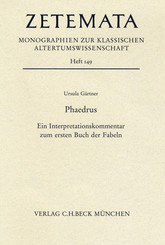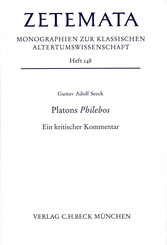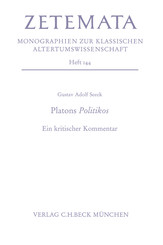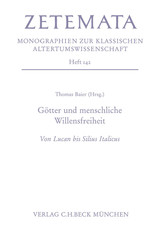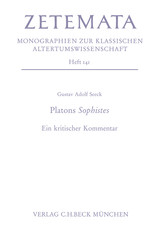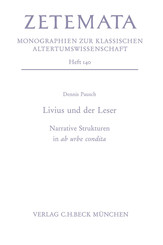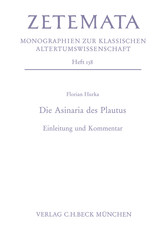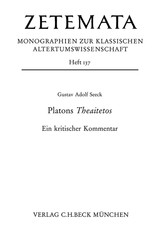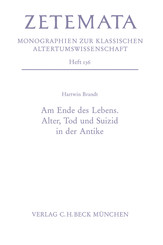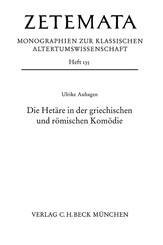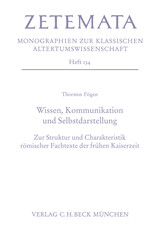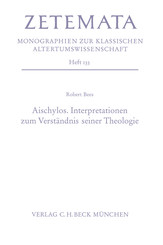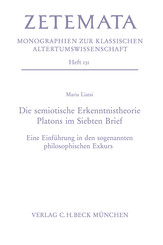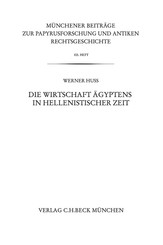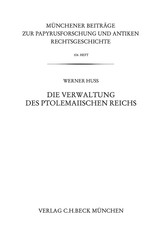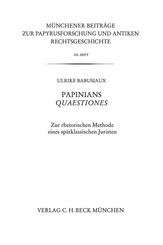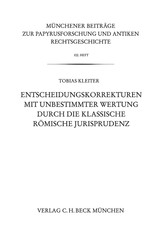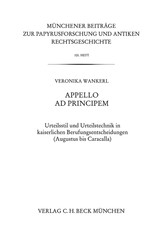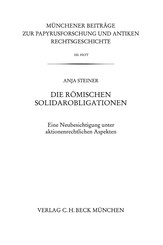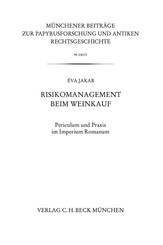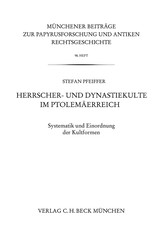We know there will be plenty of Latin teachers wondering how to fit Hallowe’en into tomorrow’s distracting day (for students), so here are all of the awesome Sententiae Antiquae’s Werewolf Week posts … should keep the kids busy for a while (they’re in ‘reverse order’, most recent first; I don’t think there is any nsfw language in any of these):
- Werewolf Week: Augustine on Arcadian Werewolf Legends | SENTENTIAE ANTIQUAE
- Werewolf Week, Therapeutic Edition: Diagnosing and Treating Lycanthropy | SENTENTIAE ANTIQUAE
- Werewolf Week, Religious Returns: St. Augustine on Lycanthropy | SENTENTIAE ANTIQUAE
- Werewolf Week, Ritual Edition: Pausanias on Human Sacrifice and Lycanthropy | SENTENTIAE ANTIQUAE
- Werewolf Week Continues: A Ghost Story from Petronius | SENTENTIAE ANTIQUAE
- Don’t Look a Wolf in the Face: Pliny on Lycanthropy | SENTENTIAE ANTIQUAE
- What’s Scarier than Werewolves? Politics (Werewolf Week Continues) | SENTENTIAE ANTIQUAE
- A Week Until Halloween? Time for some Werewolves! | SENTENTIAE ANTIQUAE
By giving to the Open Access Archaeology Fund you help to reduce
the barriers to open archaeological research and advance knowledge of
our shared human past.
